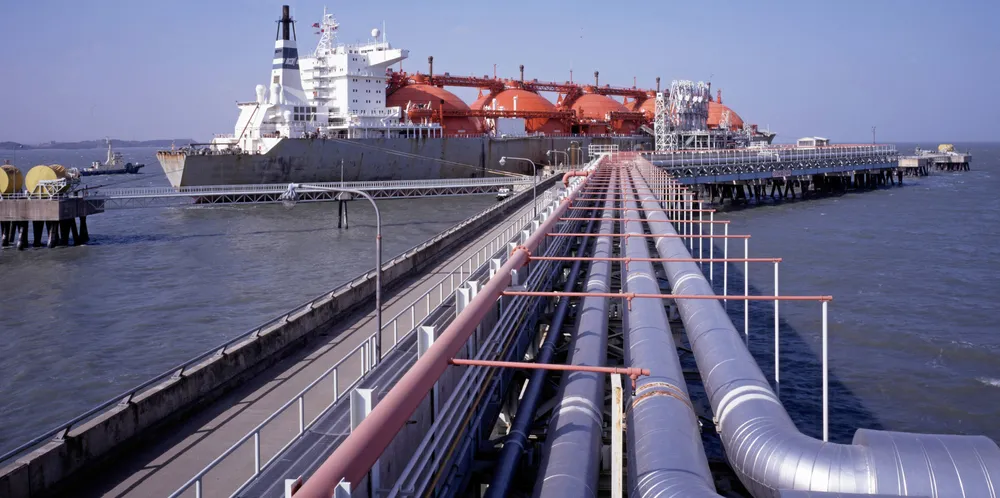South Korea aims to burn millions of tonnes of clean hydrogen and ammonia for giga-scale power production
Seoul unveils plan to reduce emissions by combusting the mainly imported clean fuels in its power stations — in mixes with coal and natural gas — in the 2030s
